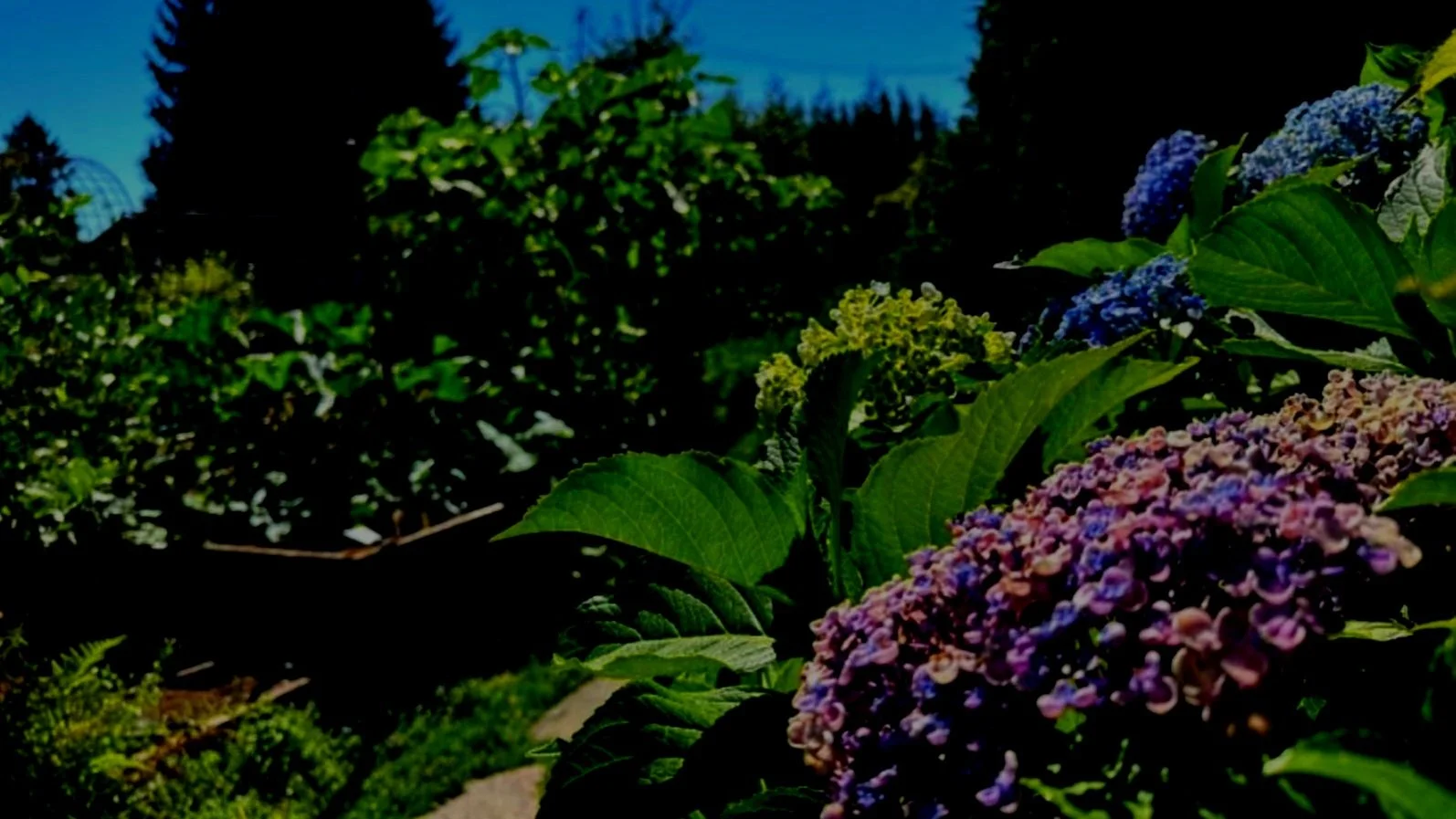Pruning blooming shrubs shouldn’t be complicated! Generally speaking, if they bloom early in the spring before new foliage appears, we should prune them right after they finish blooming so they have all season to put on new growth and set buds for the following spring. This is how rhododendrons do it. On the other hand, if they bloom in the summer on the ends of the branches, we should prune them at the beginning of the season before they start to put on new growth. This is how roses do it.
As with all rules, there are always exceptions and this is where Hydrangeas come into the picture. Hydrangeas generally bloom in June, after they have put on some new growth. At first glance we might assume that they are blooming on new wood, just like a rose, and follow the same pruning regime of cutting them back hard in the spring. But in reality, the flower buds were formed on last year’s growth along the upper portions of those stems. If we were to prune our hydrangea hard in the spring it would have the effect of removing most of the potential flowers for the season.
It helps me to think of a blackberry vine that grows a cane the first year, then flowers and then produces fruit on that cane the second year. While it is producing fruit on the one year old cane, the plant is also growing new canes that will do the same thing the following year. So it is with most hydrangeas. At any one time you should have old canes that are blooming and new canes that will bloom the following year.
But unlike blackberry vines where once the cane has bloomed and produced fruit you should cut it to the ground, year old canes on a hydrangea will bloom again the next season as long as you don’t cut them down too far. My rule of thumb is to just remove the old flowers down to where the first or second sets of leaves were on the cane. At this point you should see a pair of swollen buds which will be your flowers for next year. (Wait until February to remove the old flowers as they will help provide some frost protection if you leave them on over the winter.)
Finally, to keep your hydrangea in a state of vigor, you will occasionally need to completely remove (as in cut to the ground) some of the older canes which will have the effect of stimulating new growth at the base of the plant. If this pruning is done in early spring, the new growth that is generated should set flower buds and bloom the following season. You can remove up to one third of the plant every year.
If you are having to chop back your hydrangea every winter because it simply gets too big for where it is growing, then the best thing to do is to move it to a better location and replace it with one of the many newer varieties that stay much more compact. The preferred time to do this is when they are dormant, which for us is November through March.
Fortunately, many new varieties now bloom both on new and old growth. Look for the term “repeat blooming” on the label. At least with these varieties, no matter how much we screw up, they will still bloom!


